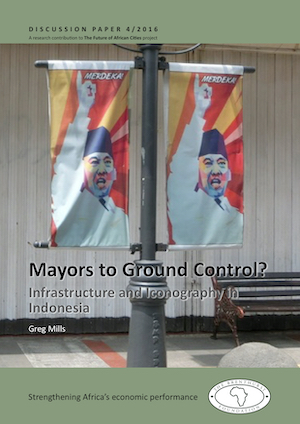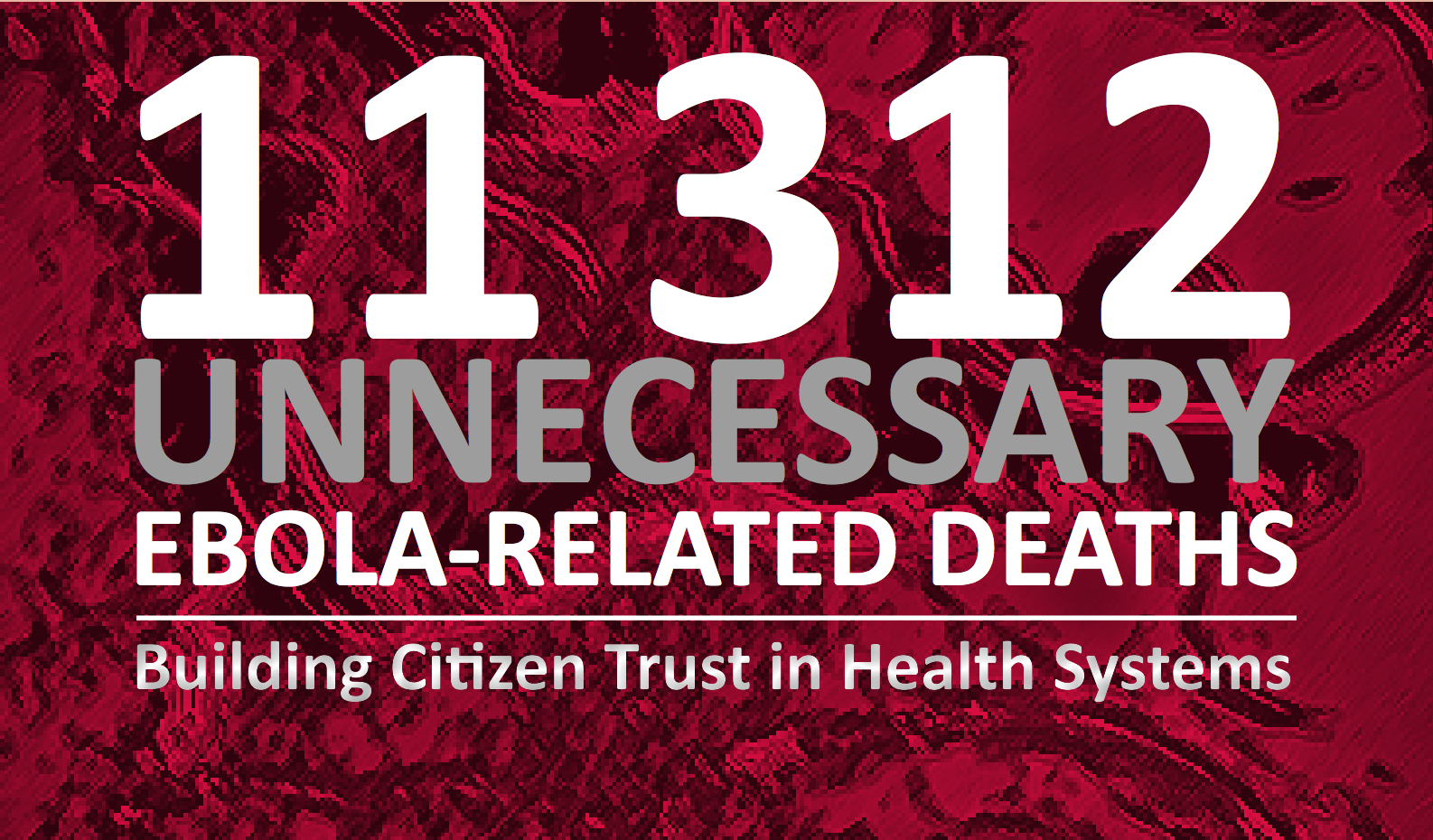Publications
Mayors to Ground Control? Infrastructure and Iconography in Indonesia
Mayors to Ground Control? Infrastructure and Iconography in Indonesia
More than six decades on from the famous 1955 Asia–Africa Conference in Bandung, Indonesia, where leaders of 29 developing countries met to accelerate the national liberation struggles across the two continents, both the host city and country are once again in the spotlight. After decades of military dictatorship, Indonesia has emerged as a potential economic powerhouse in Asia. With a population of 240 million, Indonesia is predicted by some to rise from being the world’s 16th largest economy currently to the seventh biggest by 2030, provided it makes the right policy interventions.
Despite notable progress across the economy and deepening democratisation, Indonesia still faces enormous challenges – not least in getting its fast-growing urban areas to function better. Much of the focus has been on Java, the most prosperous and populated of Indonesia’s 13 500 islands, home to 60 per cent of Indonesians, living on 7 per cent of the country’s total land mass.
This paper examines how two of its three largest cities, the capital Jakarta and the historic city of Bandung, are coping with extreme population pressures (9 000 and 14 000 people per km2), increasing transport demands and inadequate infrastructure. In both cities, the government is investing heavily, particularly in new public transport systems, but ensuring that its facilities are run well. For all the country’s infrastructure backlog, and the temptation of big ticket projects, a stand-out feature is how government is learning to make better use of existing assets. This approach should offer hope to cash-strapped African governments.
About the Author
Dr Greg Mills directs The Brenthurst Foundation. An adviser to several African presidents and to COMISAF in Afghanistan, he is the author of, among others, the best-selling books, Why Africa is Poor and, most recently, with Jeffrey Herbst, How South Africa Works.
A research contribution to The Future of African Cities project



